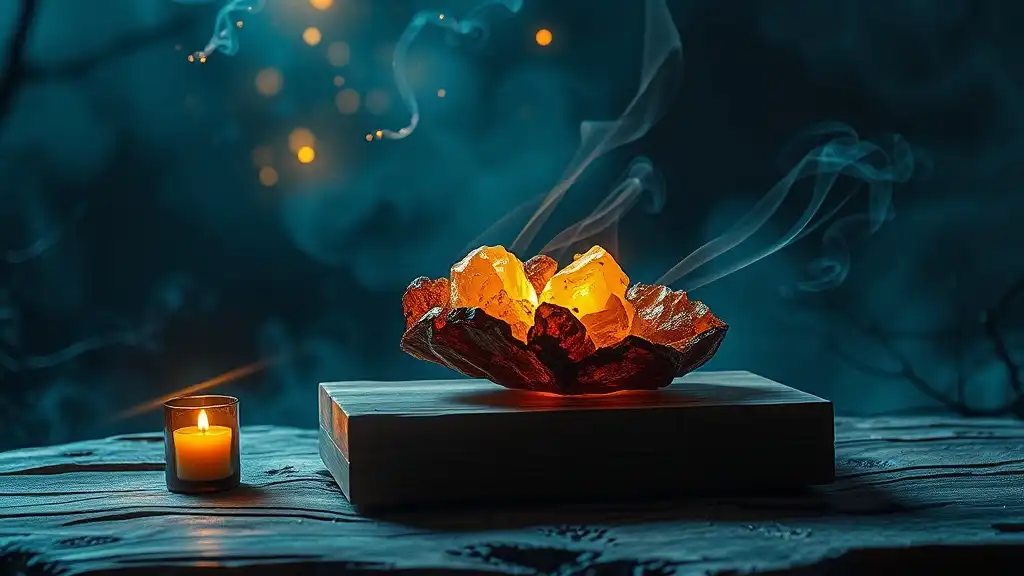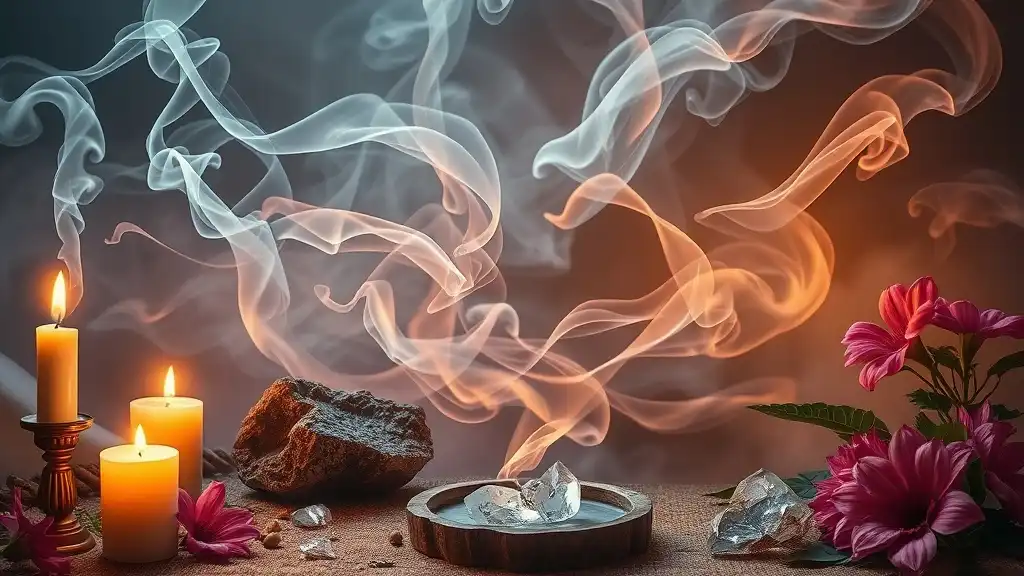Incense has been used for thousands of years across various cultures and spiritual practices. Its fragrant aromas create an atmosphere that enhances meditation, prayer, and connection with the divine. The spiritual meaning of incense transcends mere scent; it embodies the intention, offerings, and communing with higher realms.
History of Incense
Ancient Civilizations
The use of incense can be traced back to ancient civilizations such as Egypt, Greece, and Rome. In Egypt, incense was an essential part of the religious ceremonies performed for worshiping gods and goddesses. The Egyptians believed that the smoke from burning incense carried their prayers and offerings to the heavens. Similarly, the Greeks and Romans incorporated incense into their religious rituals, using it to create a sacred environment that facilitated divine communication.
Incense in Eastern Traditions
In Eastern traditions, such as Hinduism and Buddhism, incense holds profound significance. It is often used in daily prayers and ceremonies to create a conducive atmosphere for meditation and devotion. In Hindu rituals, the smoke from incense acts as a medium to connect with deities, serving to purify the space and invite blessings. In Buddhism, the act of lighting incense symbolizes the impermanence of life, reminding practitioners to focus on the present moment.

The Symbolism of Incense
Elements of Nature
Incense resonates deeply with the elements of nature. The act of burning incense involves fire, which symbolizes transformation and purification. When the incense is lit, it undergoes a change, which mirrors our own spiritual journeys of growth and purification. The smoke produced during this process serves as a link between the earthly realm and the spiritual dimensions, representing the connection between our physical existence and higher consciousness.
Spiritual Representations
Incense can also be viewed as an offering to the Divine. It is a way for practitioners to express gratitude, humility, and reverence. By lighting incense, one sends forth intentions and prayers, believing that these thoughts and emotions are carried into the universe. This act of devotion signifies a heartfelt connection with the sacred, invoking blessings, guidance, and protection.

Types of Incense and Their Meanings
Traditional Incense
Among traditional incenses, frankincense and myrrh hold special places. Frankincense is known to promote feelings of calm and spiritual awakening, often used in rituals to heighten spiritual consciousness. Conversely, myrrh is associated with protection and purification, serving as a powerful sage for cleansing negative energies from a space. Together, these resins contribute to a rich tapestry of spiritual healing and connection.
Herbal Incense
Alongside traditional resins, herbal incenses like sage and lavender play significant roles in spiritual practices. Sage is commonly used for cleansing spaces and individuals of unwanted energies, often referred to as “smudging.” Its smoke is believed to expel negativity while inviting positivity into the space. Lavender incense, on the other hand, imparts a sense of peace and relaxation, making it ideal for meditation and stress relief.

Incense in Meditation and Spiritual Practices
Creating Sacred Space
Incense serves not only as a fragrance but also as a means of creating a sacred space. The act of lighting incense sets a tone for the environment, signaling the transition from ordinary life into a spiritual context. It allows practitioners to prepare their mindset and heart for deeper connection during meditation. The aroma envelops the space, adding layers of sensory experience that can enhance spiritual practice.
Enhancing Spiritual Connection
In many ways, incense enhances spiritual connection by aiding in focus and intention-setting during meditation. The act of aligning one’s breath with the scent of the incense facilitates mindfulness, helping individuals to remain present and grounded. Engaging the senses—sight, smell, and sound—during meditation with incense allows individuals to delve deeper into their spiritual journeys and richer experiences.

Cultural Practices Involving Incense
Rituals and Ceremonies
Incense is instrumental in various rituals and ceremonies across cultures. From Buddhist temples to Christian altars, the use of incense signifies reverence and sanctity. Its smoke is often believed to purify environments, inviting blessings and protection during significant life events such as weddings, births, and funerals. Its presence reinforces the idea that the sacred and the mundane coexist and can be bridged through ritual actions.
Healing Practices
The therapeutic use of incense, particularly in aromatherapy, underscores its role in holistic healing. Specific scents can evoke emotions, memories, and states of relaxation. Herbal incenses like sandalwood may be employed to promote meditation and emotional balance, while others can elevate mood or provide comfort during times of grief or anxiety. This intersection of spirituality and healing showcases the enduring importance of incense in daily life.

Conclusion
In essence, the spiritual meaning of incense is rich and multifaceted. It serves as a potent reminder of our connection with the divine, our intentions, and the elements of nature. By exploring the significance of incense in personal spiritual practices, individuals may deepen their understanding of self and cultivate a deeper relationship with the universe. Embracing incense not only enhances our rituals but also invites mindfulness and promotes inner peace on our spiritual journeys.



















